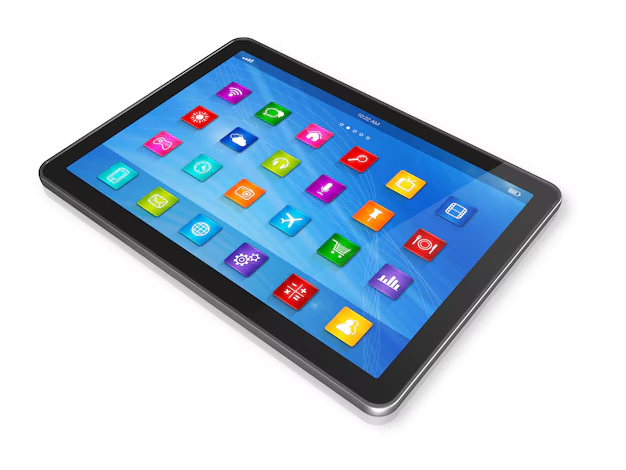
Tablets have become one of the most versatile gadgets in modern life. They bridge the gap between smartphones and laptops, offering portability with a larger screen for reading, browsing, streaming, or even productivity tasks. Whether you’re a student, professional, or casual user, choosing the right tablet can significantly impact your daily workflow and entertainment experience. This buying guide will help you compare features, understand pros and cons, and pick a tablet that suits your needs.
What to Consider Before Buying
Before investing in a tablet, keep the following factors in mind:
- Screen Size & Resolution
Larger screens (10–13 inches) are ideal for productivity and entertainment, while smaller sizes (7–9 inches) are better for portability. High-resolution displays improve reading and video quality. - Operating System
Options include Android, iOS, and Windows-based tablets. Each ecosystem has strengths in app availability, customization, and productivity. - Performance (Processor & RAM)
A stronger processor and higher RAM ensure smooth multitasking, gaming, and streaming. - Storage Capacity
Tablets range from 32GB to 1TB. Consider your usage: casual browsing needs less, but storing videos, apps, and work files requires more. - Battery Life
Standard tablets last between 7–12 hours, depending on screen brightness and usage. - Connectivity
Choose between Wi-Fi-only or Wi-Fi + Cellular models, depending on how often you need internet access on the go. - Accessories
Check for compatibility with stylus pens, keyboards, and cases if you plan to use the tablet for work or study.
Product Summary: Types of Tablets
| Type | Best For |
|---|---|
| Compact Tablets (7–9 inch) | Light reading, travel, kids |
| Standard Tablets (10–11 inch) | Everyday browsing, streaming, students |
| Large Tablets (12–13 inch) | Graphic design, office work, multitasking |
| 2-in-1 Tablets | Professionals needing laptop-tablet hybrid |
| Kids’ Tablets | Educational apps, parental controls |
Pros & Cons
Pros:
- Portable and lightweight.
- Great for entertainment and casual work.
- Touchscreen with intuitive controls.
- Wide variety of price ranges.
Cons:
- Limited processing compared to laptops.
- Smaller screen not ideal for heavy work.
- Accessories often sold separately.
Who It’s Best For
- Students: Standard tablets with stylus support for note-taking and e-learning.
- Professionals: 2-in-1 models or large tablets with keyboards for productivity.
- Artists & Designers: Large-screen tablets with stylus compatibility.
- Casual Users: Compact tablets for browsing, social media, and reading.
- Families & Kids: Budget-friendly or child-specific models with parental control features.
FAQs
Q1: How much storage do I need?
Casual users can manage with 64GB, but creative professionals may need 256GB or more.
Q2: Are tablets good for gaming?
Yes, but performance depends on the processor, RAM, and display refresh rate.
Q3: Can a tablet replace a laptop?
For light work tasks, yes. But for heavy-duty software, a laptop is still more practical.
Final Recommendation
The best tablet for you depends on your lifestyle. Students and travelers may prefer lightweight, standard models, while professionals benefit from larger, high-performance tablets with 2-in-1 functionality. Families with children may find compact or kid-friendly tablets more useful. By focusing on screen size, performance, storage, and accessories, you can confidently choose a device that balances entertainment, learning, and productivity.
